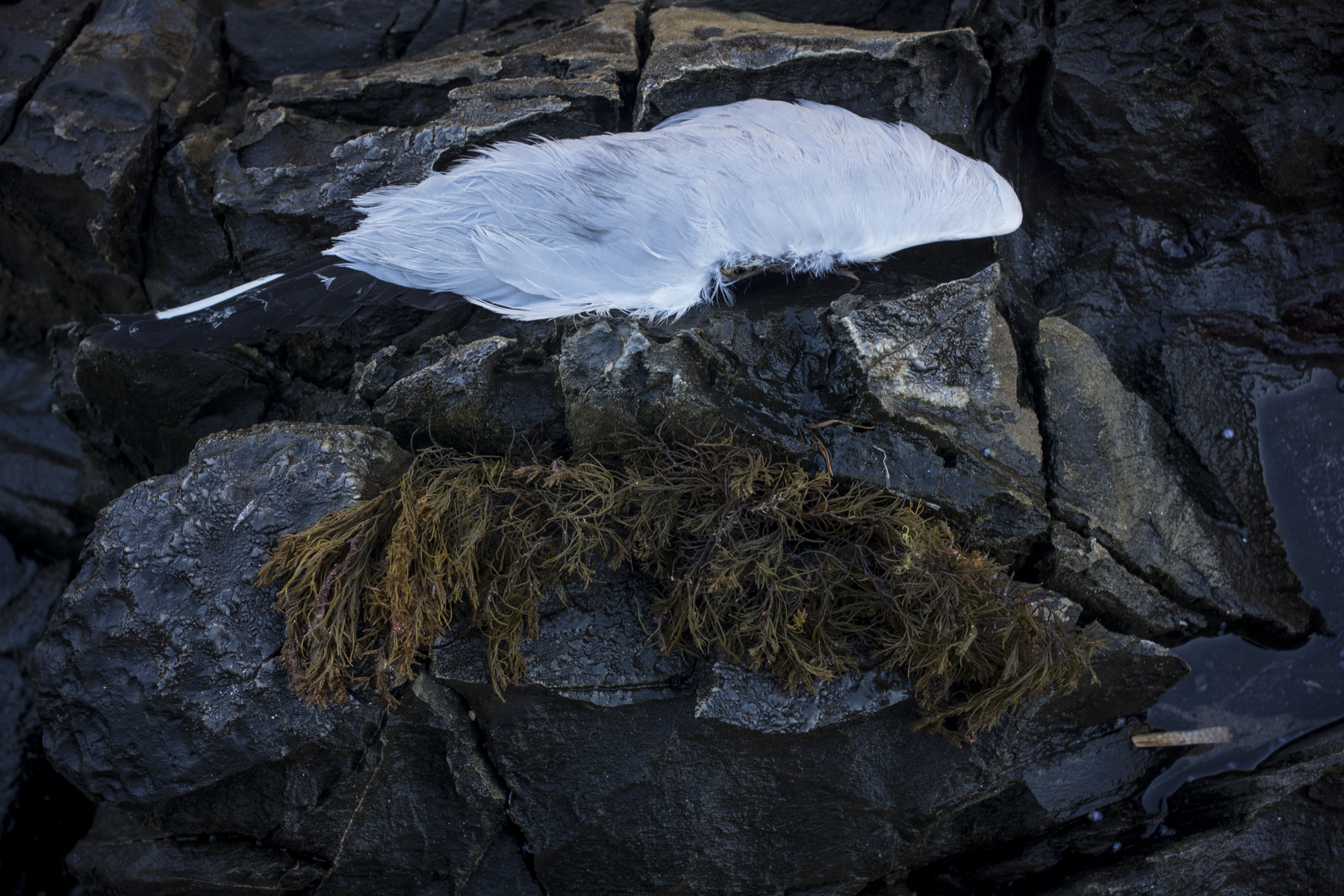Through psychogeography we are encouraged to find new ways to engage with our surroundings and distance ourselves from a detached spectator position in world of continual refurbishment of buildings, opinions, cities, and fashions. Their concept of the dérive,—an unplanned walk or drift, was defined by the situationists as the ‘technique of locomotion without a goal’.
Sadie Plant, in her The most radical gesture: The Situationist International in a postmodern age, says that unlike surrealist automatism, the dérive was not a matter of surrendering to the dictates of an unconscious mind or irrational force. Nor is everything subordinated to the sovereignty of choice: to dérive was to notice the way in which certain areas, streets, or buildings resonate with states of mind, inclinations, and desires, and to seek out reasons for movement other than those for which an environment was designed.
Dérive provides an open-ended discovery of the way that capitalism produces the urbanscape and effects the urban subject. Jean Baudrillard highlights the seductive power of images and the way that we live in the midst of codes, messages, and images which produce and reproduce our lives. He suggests that in postmodernity modern society has become hyperreal, a world in which the spectacle defines, circumscribes, and becomes more real than reality itself. The signs of conspicuous consumption suggest that one can have anything, do anything, be anything, and go anywhere.

